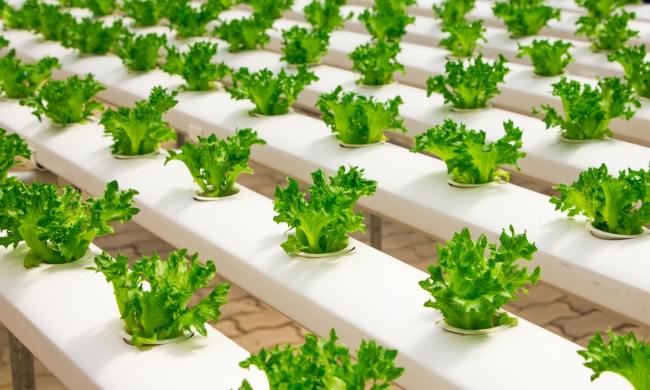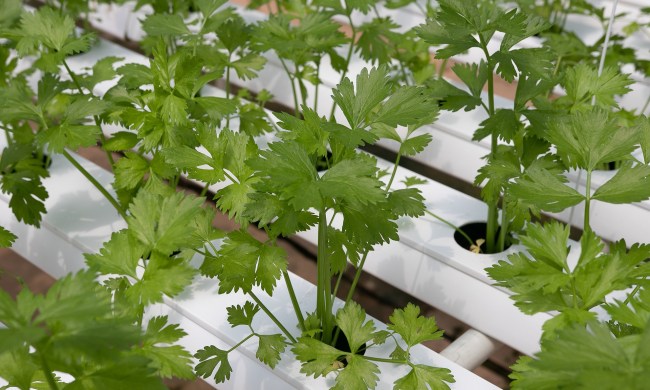If you’re new to growing flower gardens or are bored with the flowers you typically grow, you might want to check out this list of zone 7 friendly perennials. Of course, this is not an extensive list of all the flowers you can grow in zone 7, but these are some of our favorites. They are unique, colorful, and low maintenance so that you can grow them no matter your gardening experience level.
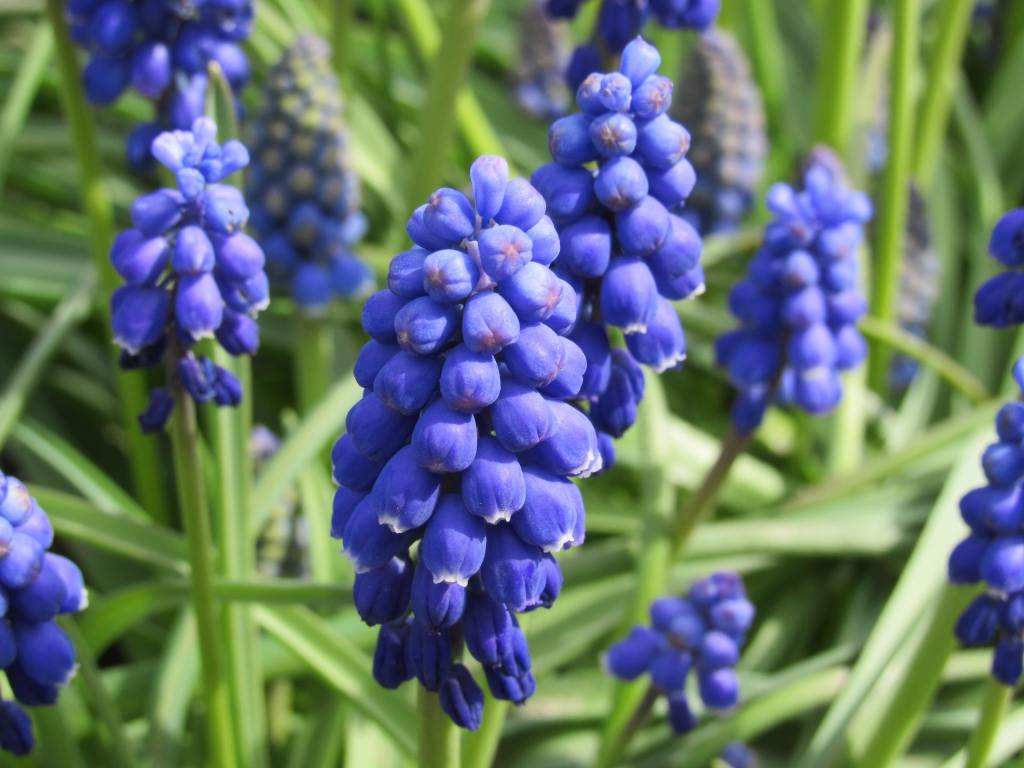
Liriope muscari ‘Variegata’
The Liriope muscari can survive in full sun or full shade, and they’re also very drought tolerant. This means they’re low maintenance and fantastic for beginner gardeners. The tiny purple blooms appear between August and September and look amazing against the bright green and yellow variegated leaves. And more good news — deer won’t eat them, and they act as an excellent ground cover! Prune the dead foliage down to the ground in winter and watch them pop back up in the spring.
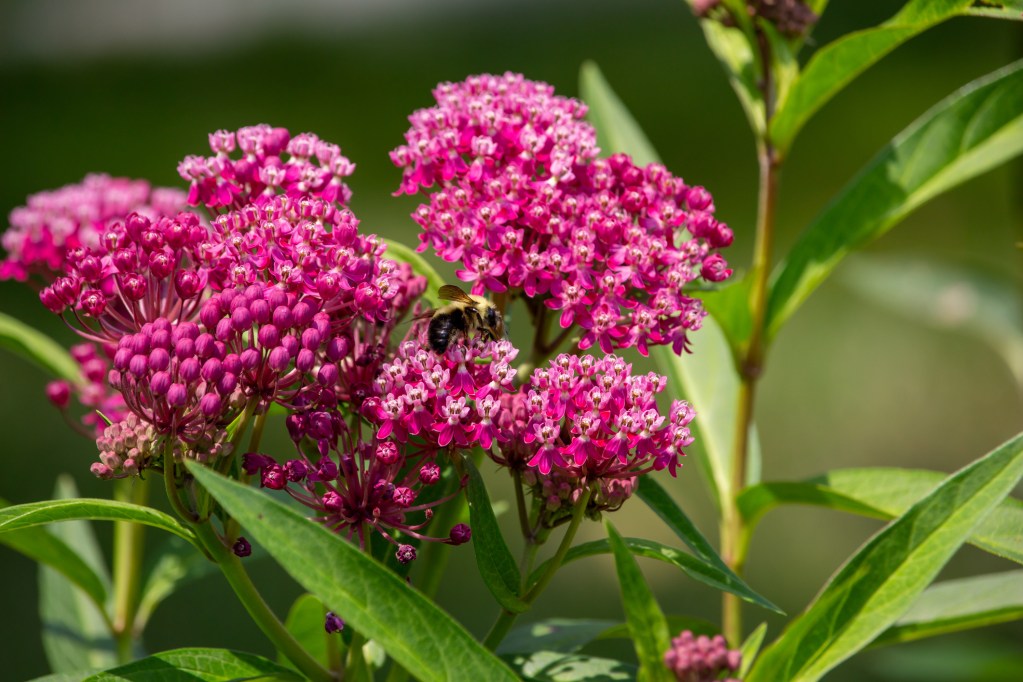
Asclepias incarnata ‘Cinderella’
One of the common names for the Asclepias incarnata is Swamp Milkweed. While that might not sound very pretty, this blooming perennial is adorable with its bursting flowers. These bright pink firework-shaped blooms appear sometime between June and August, and they’re deer resistant! Not only are the tiny flowers cute, but they also smell like vanilla and will attract butterflies and hummingbirds to your garden. They enjoy full sun the most but can tolerate a bit of shade; they will want their soil to stay moist. They didn’t nickname it the swamp milkweed for no reason.
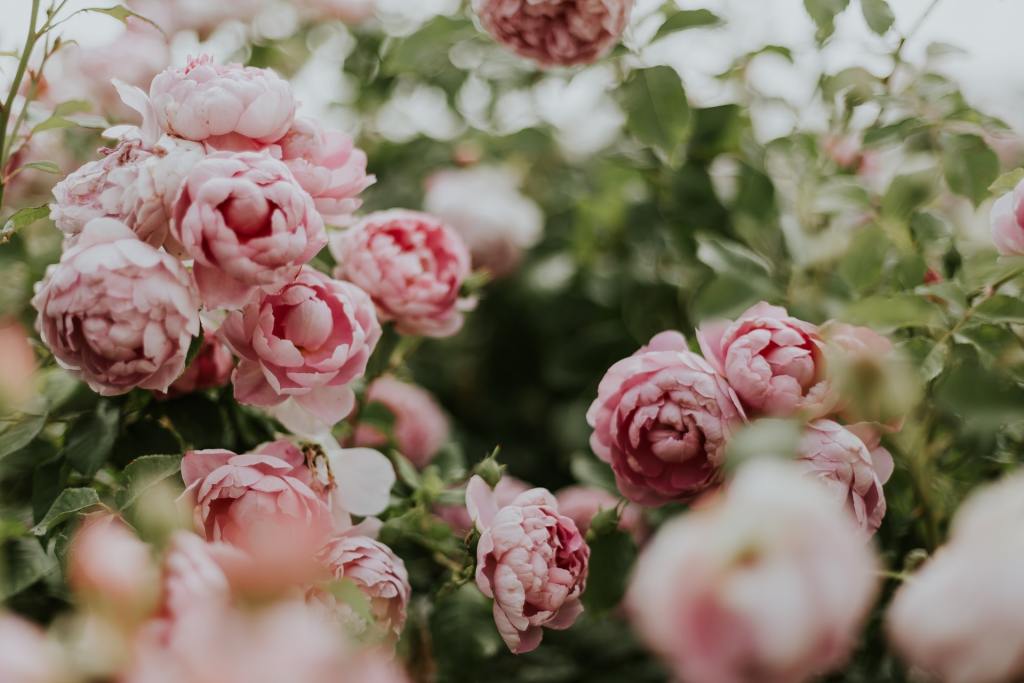
Peony ‘Paeonia’
You’re probably familiar with the fluffy, full blooms of the peony. They sometimes are confused with roses because of their large petals and shape, but these beautiful flowers will be an excellent addition to your flower garden. The blooms will appear sometime in June, but don’t be surprised if you don’t see any the first few years after planting. They often take a while to get their footing.
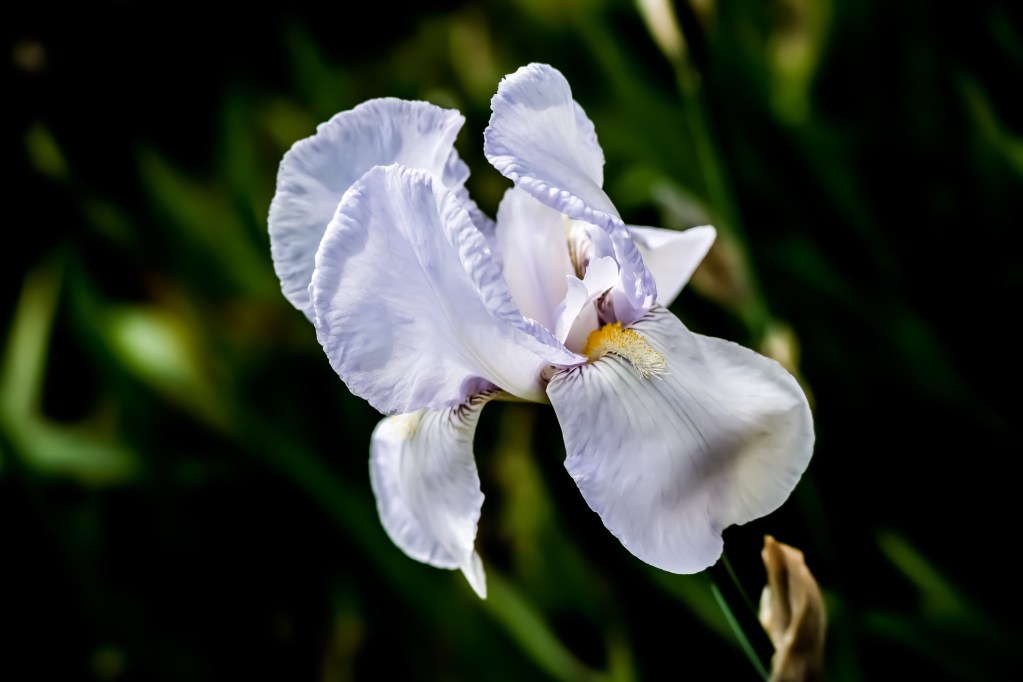
Iris germanica ‘Immortality’
There are many different varieties of irises; this particular one is pure white and blooms once in June and again sometime between August and September. That’s to say, you’ll get two blooming seasons with one plant! It’s another deer-resistant flower that loves total sun exposure. The Immortality Iris also produces a sweet aroma that fills the garden and can be enjoyed every time you walk by it.
Because this is a plant with rhizomes rather than typical roots, it’s important not to overwater it. The rhizomes are prone to root rot, and this can kill your plant very quickly without you even realizing something is wrong. So be sure that the soil is dried out before watering and plant this in a location that won’t have standing water.

Asclepias tuberosa
Also known as the Butterfly Weed, the Asclepias tuberosa produces brilliantly orange bloom clusters around July to September. While many flowers are pink or white, this vibrant orange beauty is a fun way to add a unique color to your garden. These plants love soil that holds onto moisture and a location with full sun. You’ll also be doing a good deed for the planet by planting this blooming beauty. Butterflies and other pollinators can’t resist this plant!
In winter, you can either leave the dying stems be, or you can deadhead them. Just be sure to leave about six inches of stems, so you know where they are and don’t accidentally plant something on top of them. Unfortunately, they are late to reappear in the spring, so this is a common issue that gardeners face.
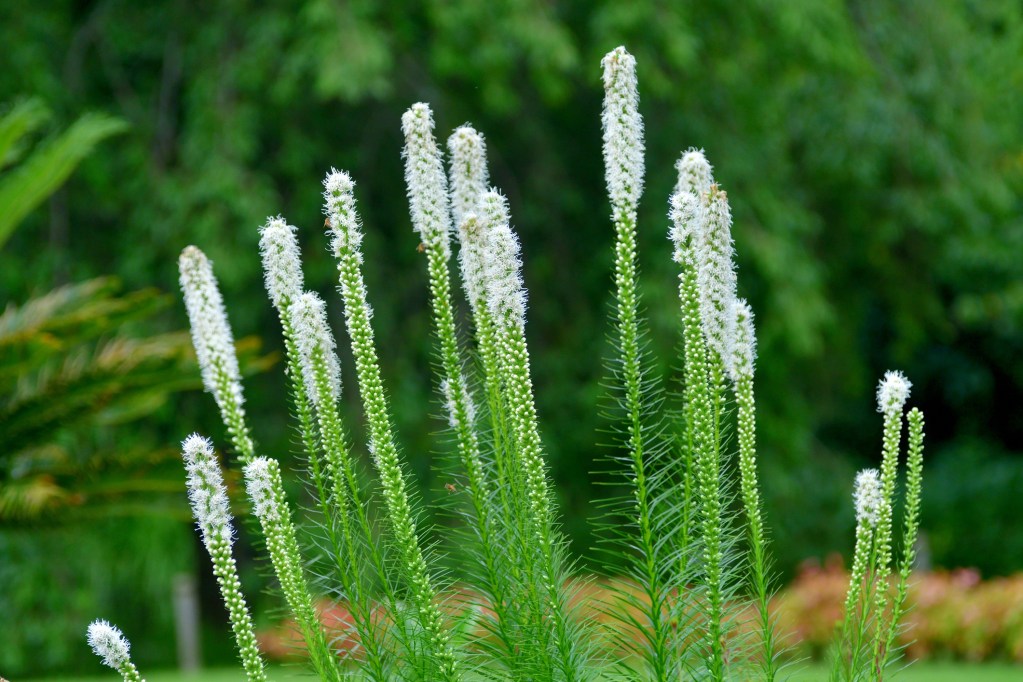
Liatris spicata ‘Floristan White’
Looking for a flower that isn’t like all the rest? Look no further than the Liatris spicata, also known as the blazing star. This white flower looks like a cat’s tail and has “fuzzy”-looking tiny white blooms on tall stalks. It loves full sun exposure, blooms between July and August, and prefers well-draining to dry soil. Some gardeners even call it a bottlebrush flower because of the shape and look of its blooms. In Germany, these are a popular cutting flower added to floral arrangements, so be sure to cut and bring these indoors or share them with friends.
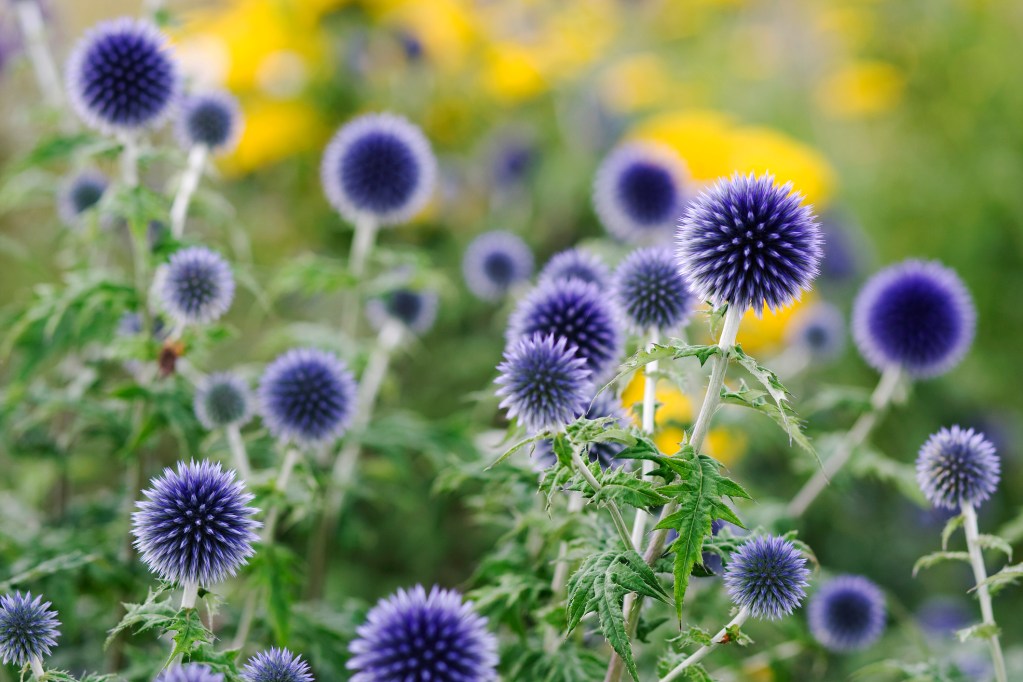
Echinops ritro ‘Platinum Blue’
Have you ever read Dr. Seuss’s Horton Hears a Who? The echinops ritro, or globe thistle, looks like the adorable flower where the Who’s live! These unique plants bring a splash of purple and a conversation piece to your lovely flower garden. Plant these in a spot with full sun or partial shade, and you’ll be rewarded with these cute little ball-shaped blossoms between July and August. If you live further North, you might be able to encourage a second bloom by cutting the plant back when the first flowers are beginning to fade. This isn’t as likely in the South, but you can still try. Pruning the plant won’t hurt it, and it will keep the plant looking tidy.
So whether you plant all or one of these lovely zone 7 friendly perennials, we hope you find a new favorite and start getting excited to grow and enjoy your flower garden this season.
